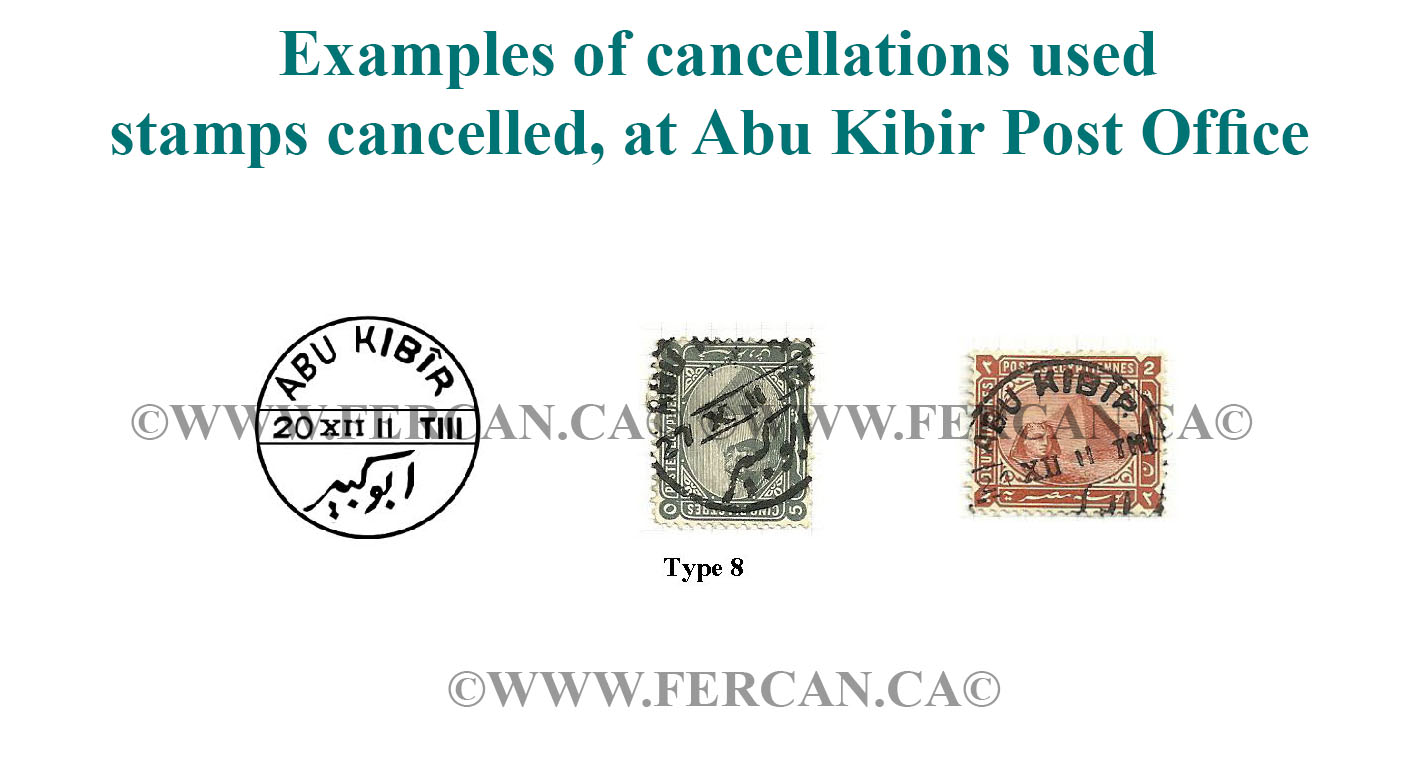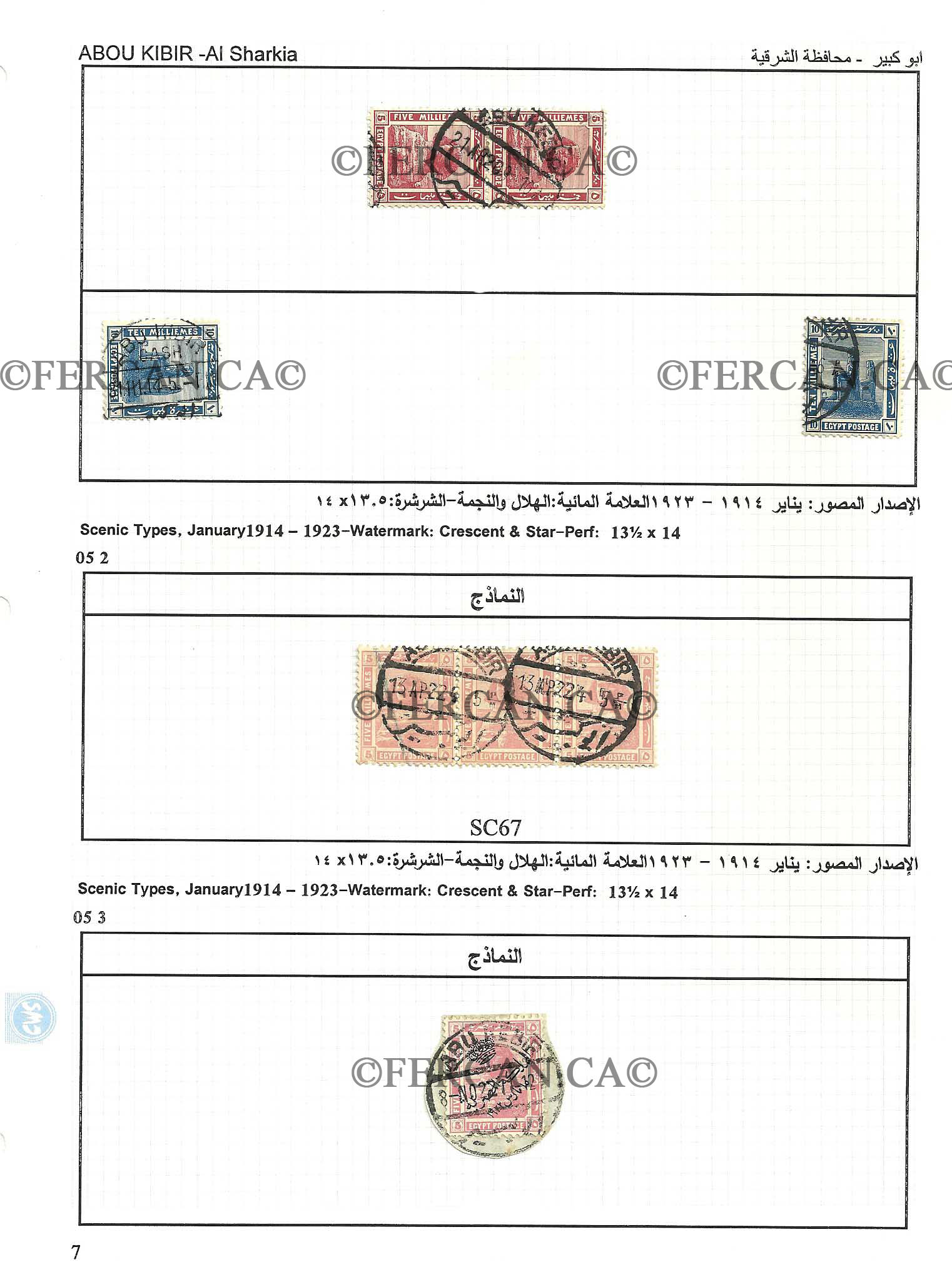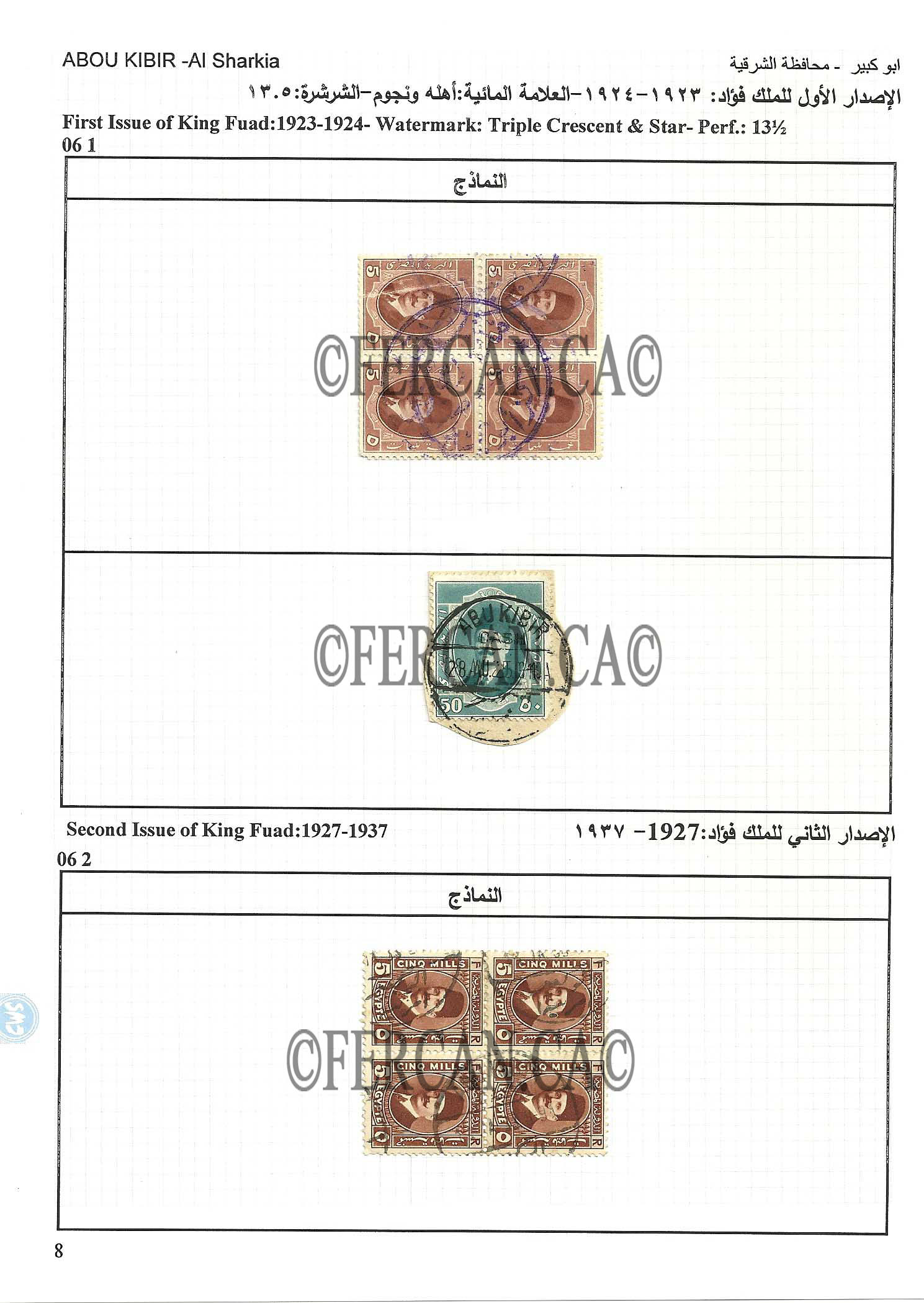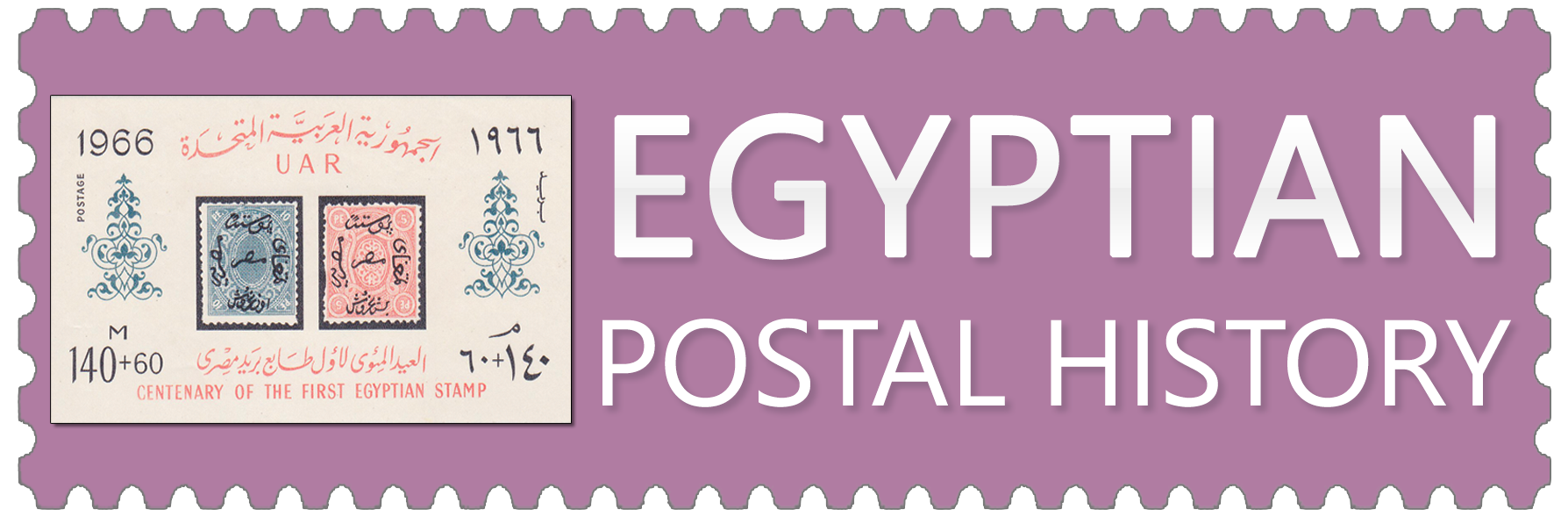Abu Kibir’s origins date back to the era of Al-Montaser Al-Fatimi. Its inhabitants were members of the Hazel tribe who moved to this area to cultivate the land. The Arab tribes at that time were very proud of their chiefs’ names, and attributed themselves to their chiefs. Among these tribal chiefs was A'mer Bin Al-Jales Al-Hazaly, a pre-Islamic poet who visited the Prophet Muhammad (peace be upon him) in 2 AH of the Islamic Calendar. He was the commander of the Hazel delegation. The members of the Hazel tribe were so proud of their poet, called Abu Kibir, that they named the city after him.
Harbit, a nearby village, was previously named Heryanous, and used to be the capital of a Pharaonic province during the era of Pharaoh Ramses II. Tukh, another nearby village, dates back to the Pharaonic era and contains some monuments, papyrus, gold pieces and pots, and is one of the largest villages in the governorate.
Abu Yassin Hill is located in Abu Kibir and includes the following four cemeteries: the Holy Oxen Cemetery, the Holy Hawks Cemetery, and the Peoples’ Cemetery, in which Nada, the beautiful lady, is buried. Abu Gendi Hill, located in Riyadh village, is an old cemetery that dates back to the 16th century. It is now a popular destination for visitors.





